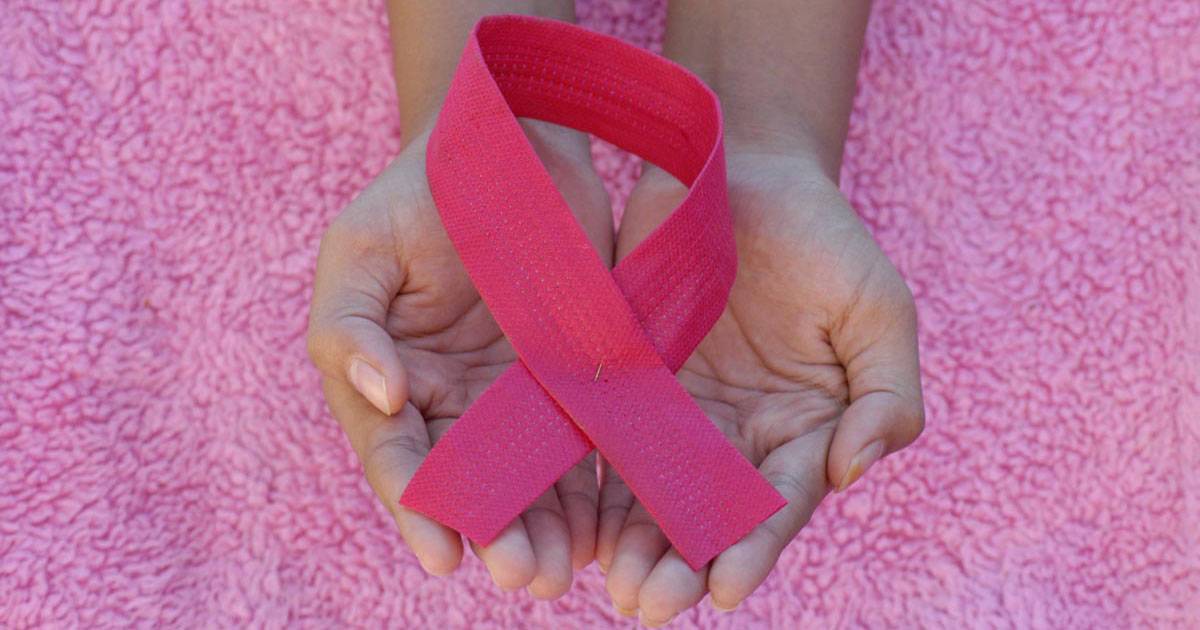It’s unavoidable to feel body ache every now and then, especially when our lifestyle is a bit sedentary and we’re sitting in front of a desk for 8 hours or more. There must be pain on certain muscles or a knot on your back every day and it’s keeping you from being productive.
While standing up and doing a few exercise routines at home helps a little, but what if the discomfort and muscle pain return?
We’ve asked our physical wellness therapists, and they suggest something more traditional massage techniques you can try at home:
Filipinos are well-known for their own brand of massage techniques. Former Department of Health (DOH) Secretary Jaime Galvez Tan explains that one thing unique about the Filipino hilot is that it is the only type of massage “that uses coconut oil and, for its spa version, virgin coconut oil.” This is unsurprising since coconut trees were an integral part of the traditional lifestyle back then.
If you want to learn some traditional massage techniques you can try at home, then continue reading below:
What is hilot in the Philippines?

Different kinds of massage have been associated with the cultures they originated from. These types of massage can usually be found in common wellness spas such as the Shiatsu massage from Japan, as well as the Thai and Swedish massage.
In fact, even licensed health practitioners and doctors offer massage services in their clinics since they too believe there are lots of benefits that can be acquired from a good massage.
The Philippines has its own massage technique called hilot. While the other previous massages mostly appeal to people looking to relax and destress, the hilot prioritizes its intention to heal and alleviate pain. This is because hilot is closely associated with, and practiced by folk healers called the albularyo or manghihilot.
It is also believed that paghihilot can be traced back to the pre-colonial babaylan. The babaylan were local shamans in communities who acted as intercessors between the material and spiritual plains. This indicates that hilot addressed more than the physical ailments, but also spiritual concerns – an element that is still present in the modern panghihilot.
It’s misleading and derogatory to dismiss both the albularyo and manghihilot as quack doctors practicing pseudoscience. The advancement of medicine and science has painted them in a negative light. However, the existence of the Philippine Institute of Traditional and Alternative Healthcare (PITAHC) which is recognized by the Philippine government, proves that hilot massage techniques and practitioners are not a dying aspect of the Filipino culture.
What are the benefits?
Hilot primarily targets physical pains caused by lamig. Lamig is a Filipino word for muscle spasm. An albularyo can identify these spots on the body by feeling these hardened muscles with their hands. The healer will also sometimes use special oils such as eucalyptus that give off heat to soften these muscles so they will respond better when massaged.
Besides providing physical wellness, the PITAHC claims that this can also address “mental, emotional, and spiritual aspects” with the use of other folk medicine paraphernalia such as medicinal plants.
Basics Massage Techniques You Can Try
While you can always call your physical wellness clinic to have your muscle spasms and pains checked by a licensed professional, it’s also great to know a few massage techniques you can do at home if you’re looking for a quick solution.
Below are some easy-to-do techniques that you can do safely alone or with the help of another person.
The following are a few basic unique Filipino hand strokes in that you need to know before trying it at home. These are also included in a module developed by the Technical Education Skills Development Authority (TESDA):
1. Hagod
A technique done with an open palm and fingers spread out which are used to apply long deep strokes with strong pressure through the body, identifying the locations of the lamig or muscle spasms on the back. Remember to avoid the spinal area when doing this technique.
2. Haplos
Short, gentle strokes done with an open palm and fingers spread out after the hagod to help the muscles relax after being applied pressure.
3. Pindot
A 5-second application of pressure directly on the lamig concentrations to break them down. This is done using the two thumbs placed not more than 1 inch from each other.
4. Pisil
A squeezing hand movement using the thumb and the index finger to release the energy within the body.
5. Piga
A technique to spread heat in the body to spread out the melted lamig concentrations after performing pindot and pisil.
If one technique seems inadequate to alleviate your muscle pains, you can combine all of these hand techniques with herbal materials such as banana leaves. This “banana leaf method” was described by DOH’s Dr. Jaime Tan in the article cited previously.
To perform this method:
- Start by creating long strips of banana leaves.
- Drenched the banana leaves in warmed virgin coconut oil
- Applied the banana strips on the body with pressure, gliding them to different parts such as the side of the arms. The area where the banana leaf stops moving indicates that there is an “energy block”.
The five basic massage techniques can then be performed on this particular area to eradicate the lamig or muscle pain. If you are interested to learn more about medicinal plants and its uses, check out PITAHC’s full guide.
While it’s still unclear how much longer people will practice a sedentary lifestyle during the lockdown, you can still consult your physical and therapy experts. But if you need quick healing, you can definitely try these traditional and folk medical practices.
To maximize the benefits of these home remedies, always consult and set an appointment with your doctor to ensure that you’re always on top of your health.
































Leave a Reply